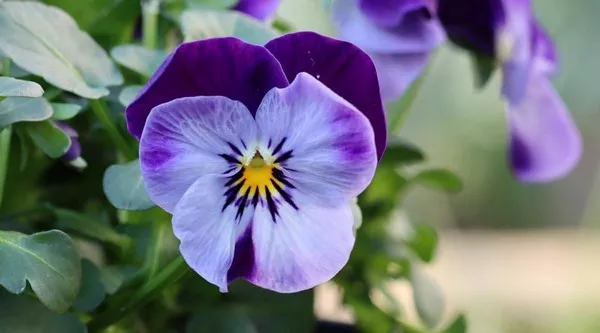Wisteria flowers, with their cascading clusters of delicate blooms, are a breathtaking sight that heralds the arrival of spring. As ephemeral as their beauty may be, there are techniques to preserve these lovely blossoms and extend their charm beyond their natural lifespan. In this comprehensive guide, we will explore the art of preserving wisteria flowers, covering methods, tips that will help you savor their elegance for longer periods.
Wisteria: A Brief Overview
Before delving into preservation methods, it’s essential to understand the characteristics of wisteria flowers. Wisteria belongs to the pea family and is known for its long, trailing vines adorned with clusters of vibrant and fragrant blossoms. These flowers come in various shades, including lilac, white, pink, and blue, and typically bloom in late spring to early summer.
Harvesting Wisteria Flowers: Timing Matters
1. Choosing the Right Stage
The key to successful wisteria flower preservation lies in harvesting the blooms at the right stage. Choose flowers that have fully opened but are not yet fading. Blooms that are too young might not survive the preservation process, while those that are too mature might not last as long.
2. Early Morning Harvest
Early morning, when the air is cool and the dew has evaporated, is the ideal time to harvest wisteria flowers. This ensures that the blooms are hydrated and less stressed, leading to better preservation results.
Preservation Methods: Extending the Beauty
1. Air Drying
Air drying is one of the simplest and most traditional methods to preserve wisteria flowers. Gather small clusters of blossoms and tie them together using a rubber band or string. Hang the clusters upside down in a well-ventilated, dark room. It’s important to avoid direct sunlight, as it can cause the colors to fade. Within a few weeks, the flowers will dry while retaining much of their original color and shape.
2. Silica Gel Method
Silica gel is a desiccant that absorbs moisture and is commonly used for flower preservation. Place a layer of silica gel at the bottom of an airtight container, and gently lay the wisteria blooms on top. Carefully cover the flowers with more silica gel, ensuring they are fully surrounded. Seal the container and let it sit for about a week. This method preserves the blooms’ vibrant color and delicate form.
3. Pressing Technique
Pressing wisteria flowers is another charming way to preserve their beauty. Arrange the blooms between layers of absorbent paper, such as blotting paper or parchment paper, in a flower press or heavy book. Make sure the flowers are spaced out and not touching each other. Leave them to press for several weeks, replacing the paper as it becomes damp. Pressed wisteria flowers can be used for various crafts, such as card-making and framing.
4. Wax Dipping
Wax dipping is a unique method that not only preserves the flowers but also gives them a translucent appearance. Melt paraffin wax in a double boiler, making sure it’s not too hot. Hold the wisteria flowers by their stems and dip them into the wax, ensuring the blooms are fully submerged. Carefully remove the flowers and allow them to dry on wax paper. The wax coating protects the flowers and maintains their visual appeal.
Display and Care of Preserved Wisteria Flowers
1. Arrangement Ideas
Once your wisteria flowers are preserved, you can create stunning arrangements that bring their charm indoors. Incorporate them into dried flower bouquets, wreaths, or even in shadow boxes for wall art. Their ethereal beauty can also be used for special occasions, such as weddings or home décor.
2. Caring for Preserved Blooms
Preserved wisteria flowers require minimal maintenance. Keep them away from direct sunlight and humid environments to prevent fading and moisture damage. Gently dust the blooms with a soft brush or use a can of compressed air to remove any accumulated dust. With proper care, these preserved blossoms can retain their beauty for years to come.
FAQs
1. Can I Preserve Wisteria Flowers with Color Intact?
While most preservation methods will result in some color fading, the silica gel method and wax dipping tend to maintain the colors of wisteria flowers more effectively.
2. How Long Will Preserved Wisteria Flowers Last?
Preserved wisteria flowers can last anywhere from several months to a few years, depending on the preservation method used and the care they receive.
3. Can I Preserve Wisteria Vines?
It’s more challenging to preserve wisteria vines due to their size and structure. However, you can try the air drying or pressing techniques on smaller sections of vines to capture their unique character.
Conclusion
Preserving wisteria flowers is an art that allows you to extend the enchanting beauty of these blooms beyond their natural bloom period. Whether you choose the air drying, silica gel, pressing, or wax dipping method, the results can be both visually stunning and emotionally meaningful. By understanding the right harvesting time and implementing proper care, you can create lasting treasures that bring the elegance and grace of wisteria flowers into your living space for years to come.


